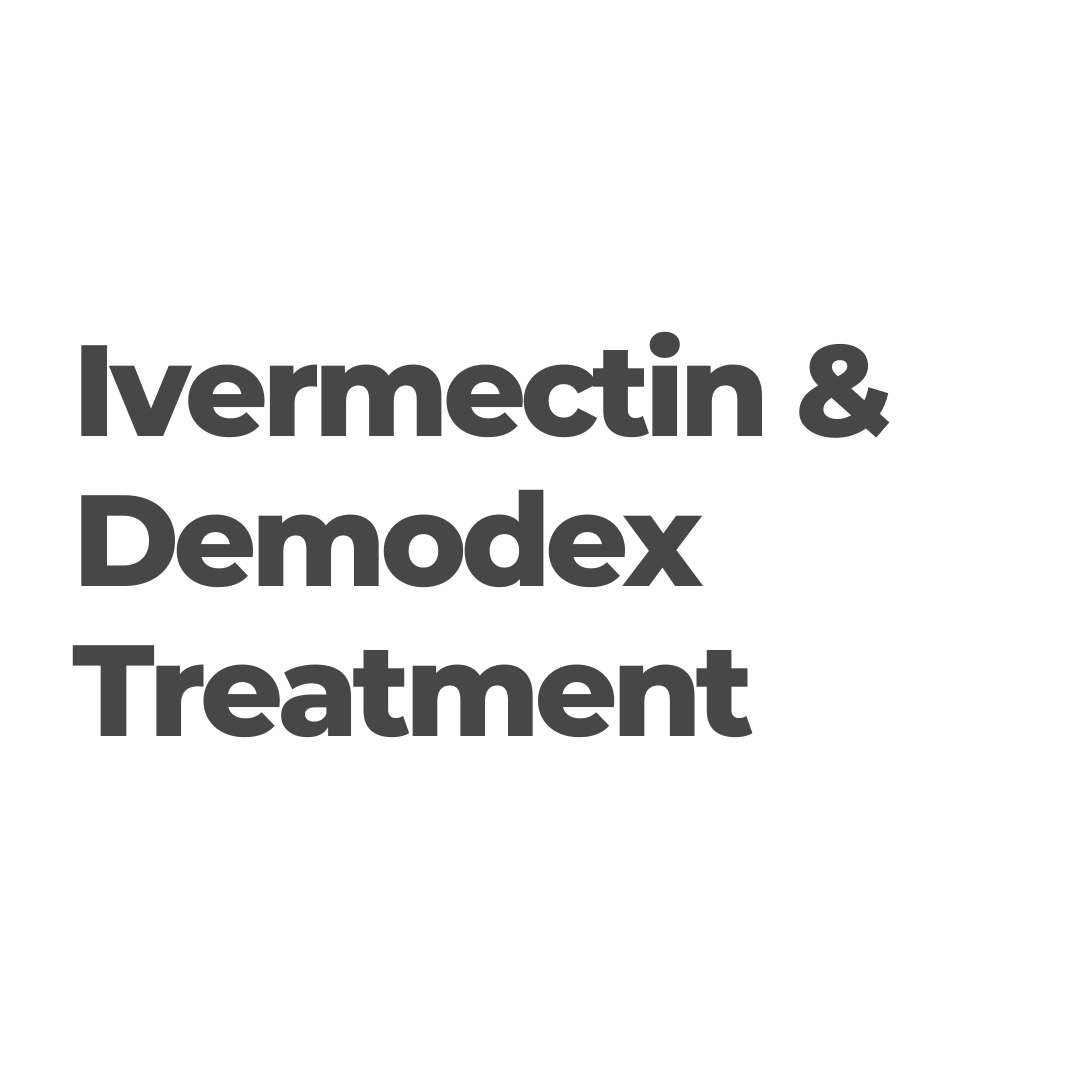Chalazion vs Stye
If you have an "eye pimple," it could be a hordeolum or a chalazion. They are two common eye conditions that can cause swelling and inflammation of the eyelid.
- A chalazion is a non-infectious cyst that develops when a meibomian gland (oil gland) in the eyelid becomes blocked.
- A hordeolum, also known as a stye, is an infection of a meibomian gland (internal hordeolum) or hair follicles of the eyelashes (external hordeolum).
Symptoms of a Chalazion
- It usually looks red, large, and kind of angry-looking.
- It gives off heat and can be painful.
- It can sometimes even form a whitehead if it is on the outside of the skin and looks like a pimple.
- Although it may look like a pimple, do not attempt to pop it yourself, as this could make it worse.
Symptoms of a Stye
- It looks like a large, non-tender mass growing on the eyelid.
- This usually starts off as a small bump and can sometimes grow to a larger size, but it can also recede and go away.
How does a Chalazion happen?
A chalazion is caused by a blockage of a meibomian gland. This can happen due to a variety of factors, including:
- Sebum production:
- The meibomian glands produce sebum, an oily substance that helps to keep the eyelids lubricated. If the sebum production is too high, it can clog the glands.
- Bacterial infection:
- Bacteria can also clog the meibomian glands. This is more likely to happen if the eyelids are not clean or if there is an underlying skin condition, such as blepharitis.
- Injury to the eyelid:
- An injury to the eyelid can also lead to a chalazion. This is because the injury can damage the meibomian glands and make them more likely to become blocked.
How does a Stye happen?
A stye is usually caused by infection with bacteria called Staphylococcus aureus. Staphylococcus bacteria normally reside on the skin but may cause infection if the skin is broken or damaged.
External Stye
External stye are caused by blockage and infection of the Zeis or Moll glands, which are sebaceous glands located at the base of the eyelashes.
Once the oil gland is blocked, bacteria can multiply and cause an infection. The infection leads to inflammation and swelling of the eyelid margin, and the formation of a painful, pus-filled lump.
Internal Stye
Internal stye are caused by blockage and infection of the meibomian glands. The meibomian glands produce an oily layer that helps to lubricate the eye. When the meibomian glands become blocked, the oily secretions build up and can become infected.
The infection leads to inflammation and swelling of the eyelid margin, and the formation of a painful, pus-filled lump. Internal stye are often more difficult to treat than external stye because the meibomian glands are located deeper within the eyelid.

Blockages to these glands can be caused by a number of factors, including:
- Blepharitis:
- Blepharitis is an inflammation of the eyelids that can cause thickening and clogging of the oil glands.
- Contact lens wear:
- Contact lenses can trap bacteria and other irritants on the eyelids, leading to blockage of the oil glands.
- Meibomitis:
- Meibomitis is an inflammation of the meibomian glands, which are modified sebaceous glands located in the tarsal plate of the eyelids. Meibomitis can lead to thickening and blockage of the meibomian gland ducts.
- Poor hygiene:
- Poor eyelid hygiene can increase the risk of bacterial infection.
- Eyelash Extensions:
- Eyelash extensions applied under unhygienic conditions can introduce bacteria to the eye area, increasing stye risk. Lacking extension aftercare can also contribute to the development of styes.
Treatment of Chalazion and Stye
Don't pop it, unless it happens naturally!
Squeezing it can sometimes incur more of that infection to penetrate deeper into the tissues and spread the infection. Making it bigger!
Warm Compresses
Apply a warm compress to your eyelids 4-6 times per day for 10-15 minutes at a time. This will help to encourage blood flow to the eyelids, which can effectively reduce inflammation and promote healing processes. It may also help the stye soften the blockage, open up and drain on its own.
Eyelid & Eyelash Hygiene
Keeping the eyelids clean daily can help to prevent further blockages and infections. This can be done by washing the eyelids with the Aelo Eyelid & Eyelash Cleanser.
Intense Pulse Light (IPL) Therapy
If the stye or chalazion is more stubborn, we recommend you to get the diagnose confirmed by an optometrist and consider IPL.
Oral Antibiotics
Topical Antibiotics
Chalazion Surgery
- Intralesional steroid injections
- When conventional treatments prove ineffective in alleviating a chalazion, intralesional steroid injections emerge as a promising alternative.
- The administration of intralesional triamcinolone injections has demonstrated notable success rates, ranging from 75% to 84% in resolving chalazia.
- Incision and curettage
- For those unfortunate cases where this intervention falls short, surgical procedures such as incision and curettage may become necessary.
After the excision, patients may be prescribed ointment to apply either on or inside the eyelid, depending on the location of the incision. This post-operative care helps ensure a smooth and comfortable recovery process.
Stye Surgery
If a stye does not go away on its own or with oral antibiotics, it can be incised and drained by an ophthalmologist.
How can I prevent a chalazion and a stye from forming?
There are a few things that you can do to help prevent chalazion and stye, including:
- Keep your eyelids clean. Wash your eyelids with Aelo Eyelid & Eyelash Cleanser every day.
- Avoid touching your eyes. This can help to prevent bacteria from spreading to the eyelids.
- Treat any underlying skin conditions, such as blepharitis.
- Wear sunglasses to protect your eyes from dust and dirt.






